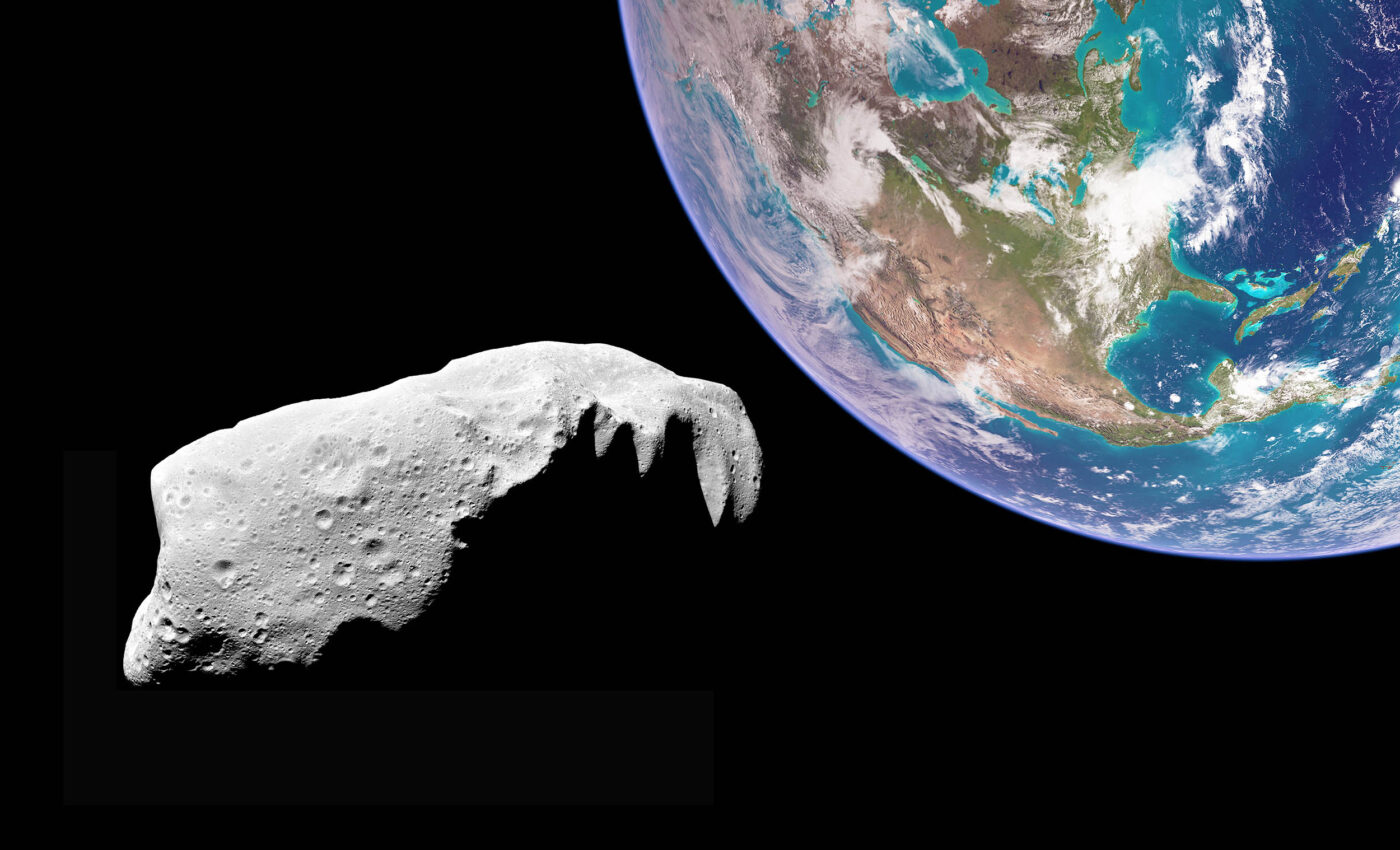
27,500 'hidden' near-Earth asteroids discovered using Google cloud
A remarkable collaboration between astronomers, data scientists, and Google Cloud has uncovered a staggering 27,500 previously unseen asteroids. Many of these space rocks lurk surprisingly close to our own planet. The discovered asteroids mark a significant advancement in our understanding of the solar system, paving the way for a more comprehensive planetary defense strategy.
Daunting task of tracking asteroids
Pinpointing asteroids in the vast cosmic expanse is a complex challenge. These celestial objects are often small and dim, making them difficult to distinguish against the tapestry of stars.
Their subtle movements require careful tracking over time. Additionally, other celestial phenomena can mimic the appearance of asteroids, necessitating further analysis for confirmation.
Traditional observation methods rely on powerful telescopes and extended observation periods. Astronomers must meticulously scan the night sky in search of faint points of light that may represent asteroids. This process is time-consuming and labor-intensive, requiring significant resources and expert analysis.
Failing to detect even a relatively small asteroid carries substantial risk. An impact from an undetected asteroid can have significant consequences, potentially causing widespread damage or even regional devastation depending on its size and trajectory.
This underscores the importance of ongoing efforts to locate and track asteroids, especially those with orbits that put them on a potential collision course with Earth.
THOR: The digital space detective that discovered asteroids
THOR (Tracklet-less Heliocentric Orbit Recovery) is an innovative algorithm developed by the B612 Foundation’s Asteroid Institute. It is a specialized software system designed to efficiently analyze massive amounts of astronomical data, searching for the telltale signs of asteroid activity.
THOR meticulously examines vast archives of astronomical images. Instead of relying solely on new telescope observations, THOR leverages the wealth of existing data, uncovering asteroids that may have been overlooked in prior analyses.
The algorithm possesses the ability to pinpoint and track potential asteroids with a remarkably high degree of accuracy. This accuracy allows astronomers to distinguish asteroid candidates from other celestial objects with greater confidence.
Moreover, THOR excels in efficiency. A key advantage of THOR is its ability to determine whether a moving point of light represents an asteroid within our solar system using only a limited number of observations. This minimizes the need for extensive follow-up observations, saving valuable time and telescope resources.
Google cloud’s role in discovering hidden asteroids
Google Cloud‘s vast resources empowered THOR’s breakthrough. The sheer computational power provided by Google Cloud was essential for THOR’s success. Processing huge datasets and running complex algorithms requires significant processing capacity.
“This is an example of what is possible,” says Massimo Mascaro, a technical director for Google Cloud’s office of the CTO. Mascaro’s statement emphasizes the transformative potential of cloud computing in scientific research. It opens up possibilities that were previously limited by computational constraints.
THOR’s analysis of 1.7 billion points of light is a testament to cloud capabilities. The ability to sift through such a massive dataset within weeks showcases the speed and scalability cloud computing offers.
Without the resources of cloud computing, meticulously analyzing the NOIRLab image archive would likely have taken significantly longer – potentially years. This delay could hinder timely asteroid discovery and impede the development of planetary defense strategies.
Significance of discovered asteroids
“This is the key to protecting the Earth from being hit by asteroids: knowing where all these are,” emphasizes Dr. Ed Lu, former NASA astronaut and executive director of the Asteroid Institute.
The discovery of previously hidden asteroids marks a major advancement in mapping our solar system. Each identified asteroid adds a crucial piece to the cosmic puzzle, providing us with a more complete understanding of the objects and potential dangers within our solar neighborhood.
A comprehensive map is essential for proactive planetary defense. Knowing the location and trajectories of asteroids is fundamental to identifying potential threats to Earth. With accurate mapping, scientists can calculate collision probabilities and develop early warning systems.
Additionally, mapping enables the development of deflection strategies. If we detect an asteroid on a collision course, a detailed map of the solar system will be crucial for planning any necessary deflection missions.
This could involve strategies such as nudging the asteroid off course with a spacecraft or altering its surface properties to change its trajectory.
Future directions
This successful endeavor demonstrates the tremendous potential of combining traditional astronomy with the power of data science, cloud computing, and cutting-edge analysis tools.
The B612 Foundation is already exploring ways to integrate Google’s advanced AI technologies into THOR’s operation. This could potentially revolutionize the process even further, automating the verification of asteroid candidates and making large-scale asteroid discovery incredibly efficient.
The Vera C. Rubin Observatory, soon to become operational in Chile, will flood the astronomical world with new data. Scientists are eager to adapt the THOR algorithm to tackle this unprecedented influx of information, accelerating our efforts to chart the solar system and proactively protect our home planet.
—–
Like what you read? Subscribe to our newsletter for engaging articles, exclusive content, and the latest updates.
Check us out on EarthSnap, a free app brought to you by Eric Ralls and Earth.com.
—–













